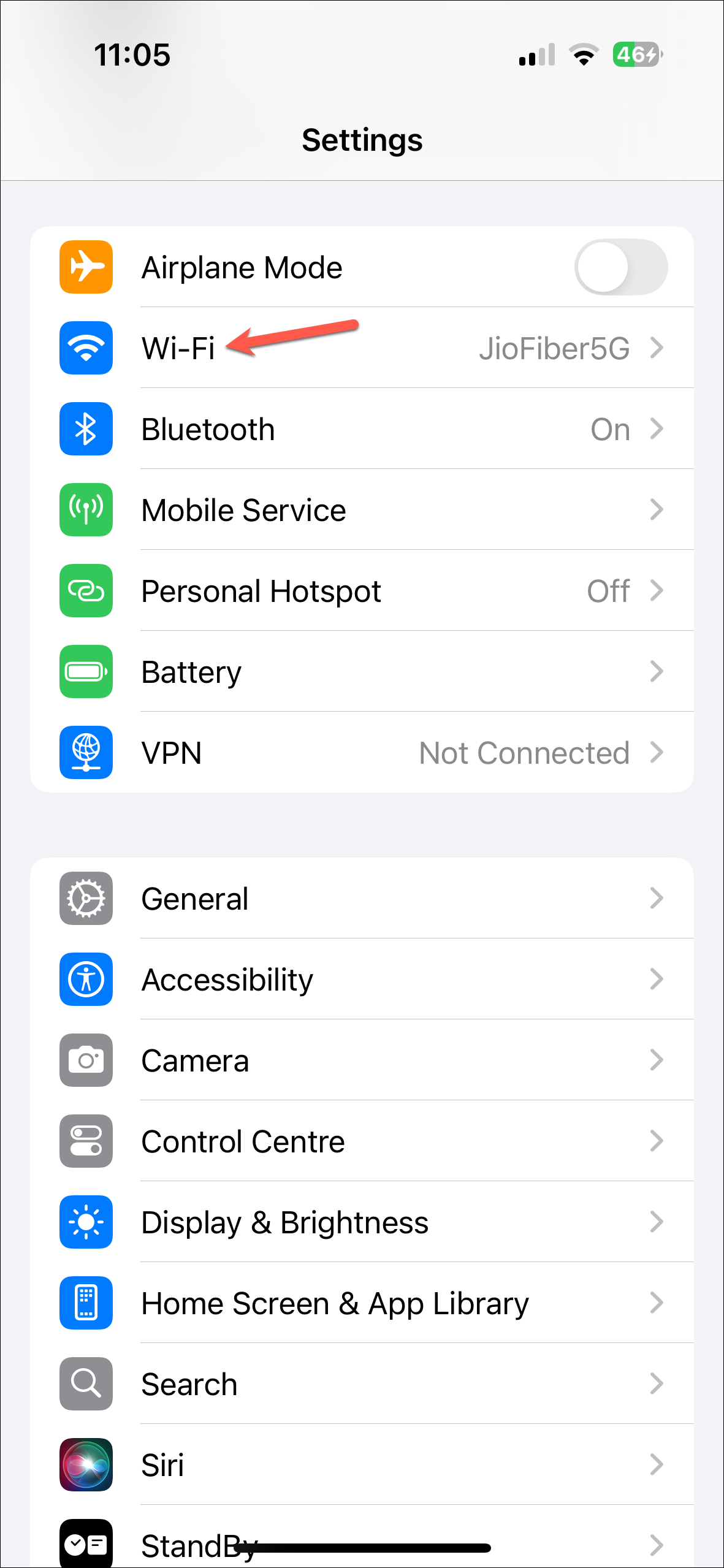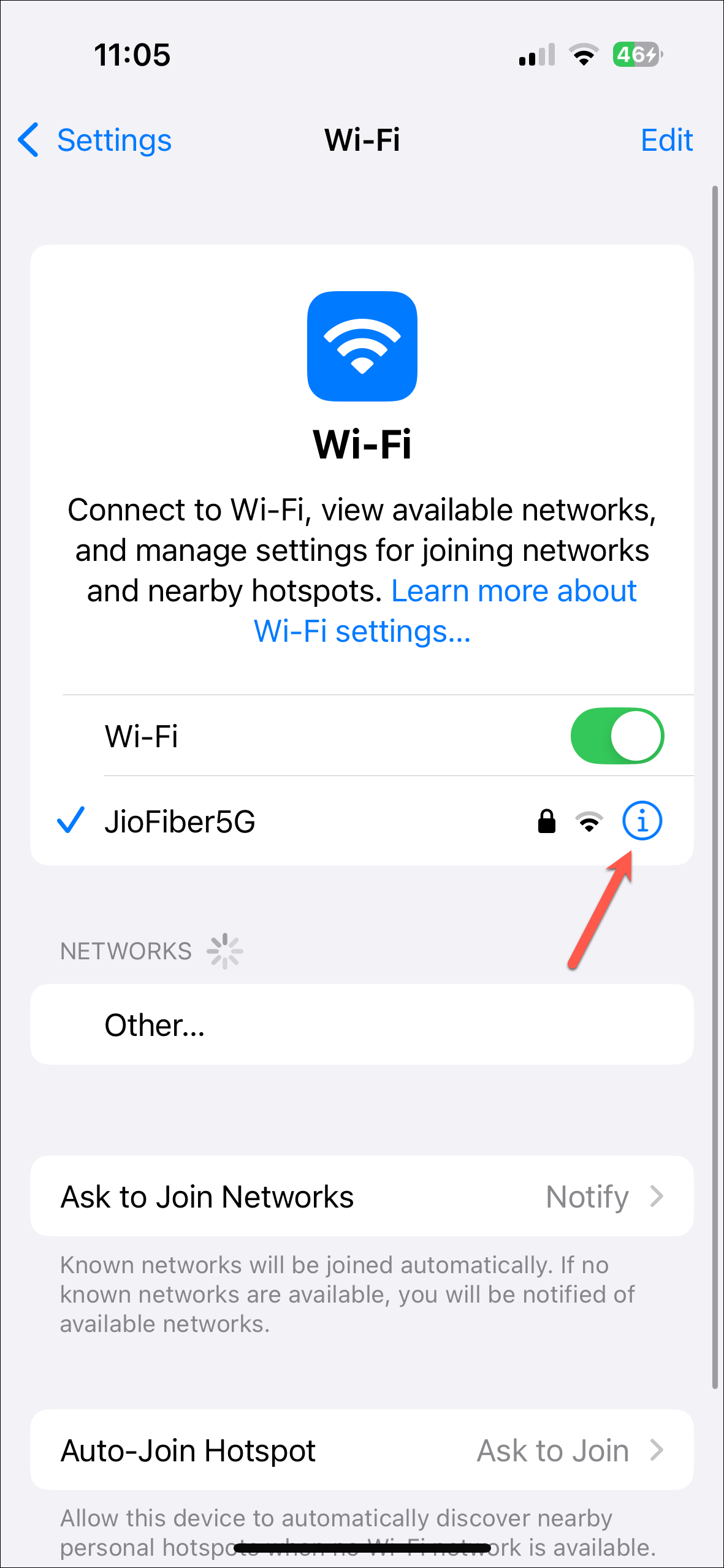If you know Apple, you know how big they are on user privacy, unlike many other tech companies out there. That extends to trying to prevent access to your data and tracking by other companies. To enhance user privacy and prevent tracking, iOS 18 has a new feature, though it has mostly flown under the radar for most people. iOS 18, iPadOS 18, and macOS Sequoia allow you to rotate your WiFi address which helps reduce tracking.
To get an idea of how this enhances privacy, we'll need to get a bit technical. To communicate with Wi-Fi networks, every device has to identify itself using a unique address, known as a Media Access Control (MAC) address. When you're using the same MAC address to connect with all networks, it becomes extremely easy to track your activity and location over time.
Apple devices have had an option for using a Private Wifi address for some time now. With Private Wi-Fi addresses, your device uses a random MAC address for each different network. While private Wi-Fi addresses do improve privacy, they can still be tracked especially if the private Wi-Fi address remains static and appears the same.
Rotating Wi-Fi addresses take the concept of Private Wi-Fi addresses a step further by changing your MAC address at various times which makes it difficult to track your device. On iOS 18, the rotating Wi-Fi address has replaced the Private Wi-Fi address.
While Private Wi-Fi address was enabled by default in previous iOS iterations, you have to enable a rotating Wi-Fi address (at least in the beta version we're testing now) since there's potential for confusion (more on that later).
To rotate Wi-Fi address for a network, follow these steps.
- Open the Settings app on your iPhone running iOS 18.
- Go to the 'Wi-Fi' tile.
- Tap on the 'i' icon next to the Wi-Fi network for which you want to rotate the Wi-Fi address.


- Turn on the toggle for 'Rotate Wi-Fi Address'. Repeat this for each network.

Now, with rotating Wi-Fi addresses, you might have difficulties with some networks, like enterprise or institutional networks, that rely on MAC addresses for authentication or that use MAC address whitelisting. If you're having trouble with a network, leave this feature disabled. Otherwise, enable it for all networks that support it for enhanced privacy.
With rotating Wi-Fi addresses, you can enjoy greater privacy on your Apple devices. While it might be difficult to use it for all networks, you should definitely use it for public Wi-Fi networks.

